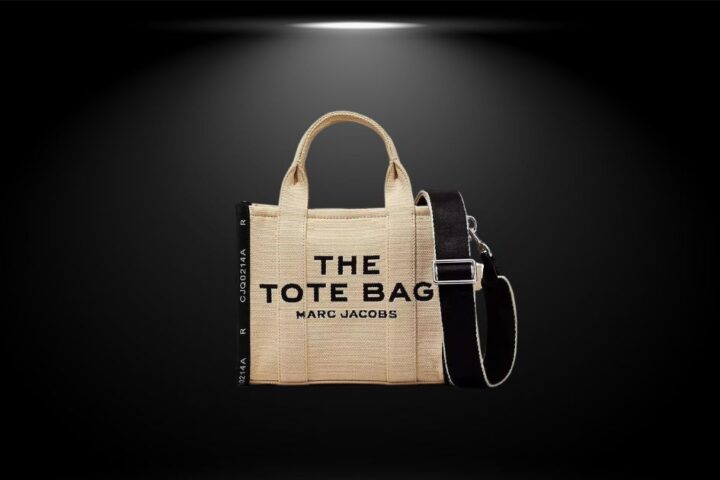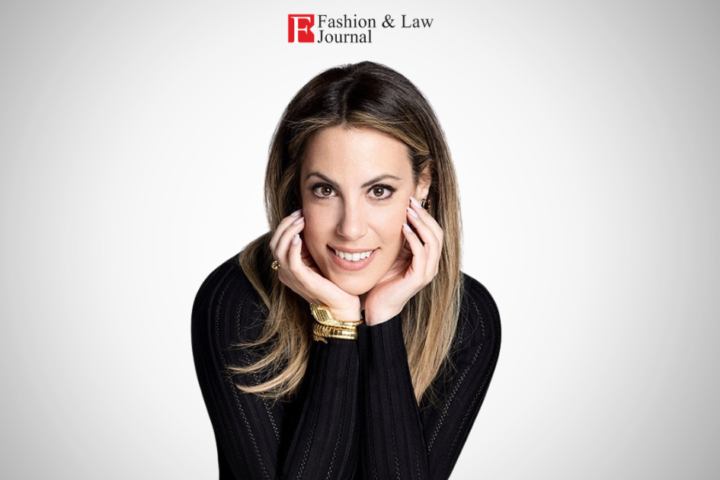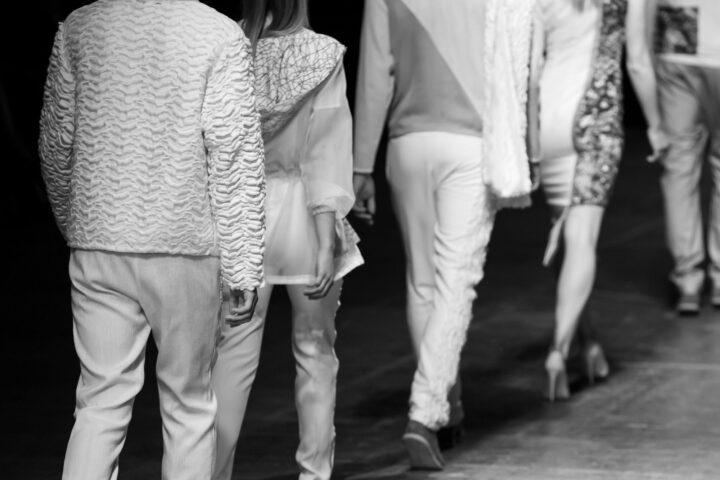Before I delve into the Crux of this essay, recourse must be made into defining who a fashion model is.
According to Wikitionary a fashion model is “a person who poses to display clothing, either on stage or in photographs”. Also, fashion models are people used to show off a particular type of fashion. They represent brands and designers by wearing their clothing and accessories in photoshoots, commercials and runaway shows. It is worthy to note that the role of a fashion model goes beyond just appearing on runway shows and wearing designer clothes. The role of a fashion model requires both physical attractiveness and ability to maintain an elegant and graceful appearance through long hours.
Fashion models in the industry are often posed with a lot of challenges as they are faced with strenuous working hours, unnecessary strict diet and sexual abuse. This and many others are only a few issues faced by the models.
The fashion industry has become a haven for human rights abuses and violations as there are various regulations and legislations which add to the problems of models as they are either seen as MANNEQUINS or CLOTHESHORSE.
However the main point of this essay is not to list all the problems a model goes through but to expatiate on the rights available to a fashion model. When evoking the rights of any fashion model it is pertinent that we see this models as human beings first and by virtue of the fact that they are human beings these rights accrue to them. Some of these basic rights include: : Universal Declaration of Human Rights (UDHR), European Convention on Human Rights (ECHR), The declaration of the rights of the child, the convention on the rights of child, European social charter just to mention a few.
The rights enshrined in these treaties and declarations are the right to health, right to dignity of human person, right to prohibition of discrimination, right to education etc. These rights are seen to be important to the personal development of the model which helps to form his or her dignity.
Aside this conventions that protect the right of a human being, there are no codified body of laws that govern the rights of models or provides security for them. However due to theus fact different countries enacted various laws, educational initiatives, and industry codes of conducts to address the rights and safety of models.
In New York, the child model law was passed to protect minors from their employees or fashion companies who are out to exploit them. Also France passed a law aimed at preventing eating disorders like Anorexia and bulimia in fashion models. In countries like USA, Israel, and Italy the use of unhealthily thin models are banned while some other countries require that these models obtain a medical certificate.
The issue of Fundamental Human Rights in Fashion modelling is a broad one as it ranges from freedom from discrimination to right to privacy.
Models are not meant to be subjected to the use of their personal images without their consent. Notwithstanding the fact that photographers and fashion editors have the right to exercise their freedom of artistic expression and are free to develop the economic dimension of any model’s personal image, there is always a need for these models to use their images as a source of income and such images should not be used without their consent.
Right to Privacy: This right basically entails that every model has the right to be left alone and not made the subject of public criticism. This means that the photos of models cannot be taken without their permission, this rights also states that images of the model must not be made to intrude into the person’s private life.
Defamation: Models have the right to sue on grounds of defamation. First of all what is Defamation?. According to the OXFORD ADVANCED LEARNER’S DICTIONARY, defamation is the act of causing harm to somebody by saying or writing bad or false things about them. It could come in the form of slander or libel or similar claims alleging that a claim is false and has caused damage to a person’s reputation. Thus Fashion Models have the right to defend themselves against acts defaming their character and he or she can sue for damages where he or she has been defamed.
Model release form: Before one can employ a Fashion model there must be some sort of agreement existent between the model and his or her employer. This agreement is known as the model release form which must be signed by the model and indicates his or her consent. This agreement contains a list of rights accruing to the model and which the employer must not breach. Thus, any photo taken for commercial purposes requires a model release form and when the model signs the form, they “release” the rights to the images they appear in. This basically implies that the artist is free to do whatever he wants unless the model imposes some restrictions.
Moving Further, the MODELS BILL OF RIGHTS which was enacted by a US non profit organisation Model Alliance provides for a list of rights attainable by models and these include:
Models have the right to professionalism
Models have the right to transparent accounting practices, control of their career and negotiable commissions.
It also caters for special provisions for models under the age of 18
Every Agency should work to ensure the provision of a private changing area to which photographers are not granted access.
It also provides for strict penalties meted out to fashion designers who sexually molest, assault or rape their models.
In conclusion, the rights of fashion models will enable them work under favourable conditions and it provides better conditions of living for them. A breach of this rights will however make the offender liable to the law. It is important that these laws should just be enacted but must be enforced and implemented .
Author: ADEKUNLE ADESEWA NNENNA, Intern (Batch August’21)










